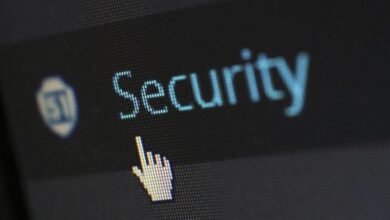Secure Signal Evaluation Command Department 7066192874 8162271047 4699222058 2816731499 2068062974 7746014637

The Secure Signal Evaluation Command (SSEC) Department plays a pivotal role in safeguarding communication channels. With a focus on compliance and security, you’ll see how their advanced evaluation methods protect sensitive data exchanges. As threats to digital communications evolve, understanding SSEC’s strategies becomes essential. What implications do these measures have for national security and organizational integrity? The answers might reshape your perspective on digital communication resilience.
Overview of Secure Signal Evaluation Command
The Secure Signal Evaluation Command (SSEC) plays a crucial role in assessing the integrity and security of communication channels.
You’ll find that SSEC evaluates various communication methods, ensuring they comply with established secure protocols.
By doing so, it safeguards your exchanges against potential threats, enhancing both privacy and freedom.
This meticulous evaluation process is vital for maintaining trust in digital communications.
Importance of Secure Communication
While many may underestimate the significance of secure communication, its importance in today’s digital landscape can’t be overstated.
You need to understand that employing robust encryption methods and reliable communication protocols protects your data from unauthorized access.
This security enables the freedom to share sensitive information without fear, fostering trust and transparency in both personal and professional interactions.
Secure communication is essential for safeguarding your interests.
Strategies for Signal Transmission Security
Ensuring signal transmission security requires a multi-faceted approach that combines various strategies to safeguard data effectively.
You should implement robust encryption techniques to protect your information from unauthorized access.
Additionally, employing secure network protocols enhances data integrity and confidentiality during transmission.
Regularly updating these protocols and monitoring for vulnerabilities will further strengthen your communication channels, ensuring your freedom to transmit securely.
Impact on National Security and Organizational Integrity
Signal transmission security directly influences both national security and organizational integrity.
By implementing effective threat assessments, you can identify vulnerabilities that jeopardize vital operations.
Risk mitigation strategies further enhance resilience against potential breaches, safeguarding sensitive information.
Prioritizing secure communication channels not only fortifies national interests but also fosters trust within organizations, ultimately empowering you to protect freedoms and maintain operational effectiveness in an interconnected world.
Conclusion
In the digital age, secure communication is like a fortress protecting your kingdom. Just as a castle’s walls keep invaders at bay, the Secure Signal Evaluation Command ensures your data remains safe from threats. By implementing robust strategies for signal transmission security, SSEC not only enhances organizational integrity but also fortifies national security. As we continue to rely on digital channels, prioritizing secure communication isn’t just smart; it’s essential for safeguarding our future.



